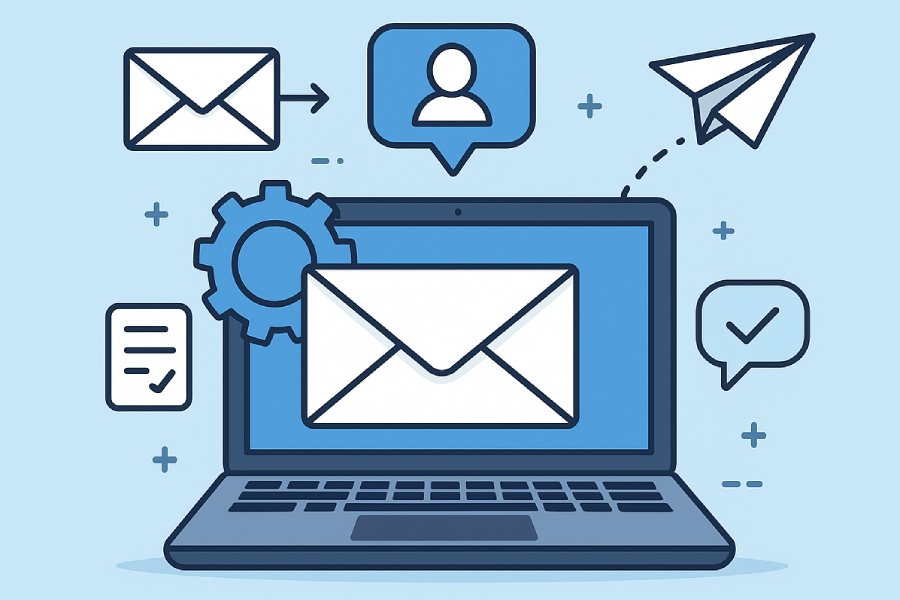Complete Guide To Cold Email Automation Software: Features, Benefits, And Use Cases
Cold email automation software has become an essential tool for businesses aiming to scale outreach, generate leads, and nurture prospects efficiently. By automating repetitive tasks, these platforms save time while ensuring consistency and personalization at scale. They offer advanced features like sequencing, tracking, and AI-powered insights to improve engagement and response rates. This guide explores the key features, benefits, and real-world use cases to help you choose the right solution for your business.
What is Cold Email Automation Software?
Cold email automation software is an advanced tool designed to streamline and enhance the outbound marketing efforts of businesses by automating cold outreach through email. It enables sales and marketing teams to send personalized, bulk email campaigns to prospects who have not yet interacted with their brand.
Unlike traditional email marketing platforms designed for opt-in audiences, cold email automation software focuses on generating new leads by crafting highly targeted, contextually relevant emails facilitated through drip email campaigns and email sequencing.
By leveraging core features such as email personalization, email tracking, and CRM integration, these tools help teams execute effective email campaign management. Key functionalities include contact list management, email scheduling, bounce management, and response automation, all of which contribute to improving email deliverability and inbox placement.
Platforms like Woodpecker, Reply.io, SalesLoft, Outreach.io, and Mailshake are some of the prominent players delivering comprehensive solutions for lead generation through cold outreach.
Importance of Cold Email in Modern Sales and Marketing
Cold email remains a pivotal strategy within sales automation and marketing automation frameworks due to its cost-effectiveness, scalability, and direct approach to prospect engagement. In contrast to inbound marketing methods, cold outreach enables businesses to proactively grow their sales funnels and accelerate pipeline automation by targeting prospects more precisely.
Sales professionals employ cold email automation software for functions such as lead scoring, lead nurturing, and email lead qualification, facilitating seamless transitions through the customer relationship management lifecycle. Moreover, it complements multi-channel outreach efforts when integrated with prospecting tools like Apollo.io, Snov.io, or BuzzStream and helps maintain compliance with email spam regulations like CAN-SPAM law and GDPR email compliance.
Cold email’s role in sales and marketing is not limited to initial contact; follow-up automation workflows and automated email replies significantly boost response rates and improve the effectiveness of drip email sequences. This dynamic capability makes cold email crucial for expanding brand reach, converting cold leads into sales-qualified prospects, and optimizing overall email campaign performance.
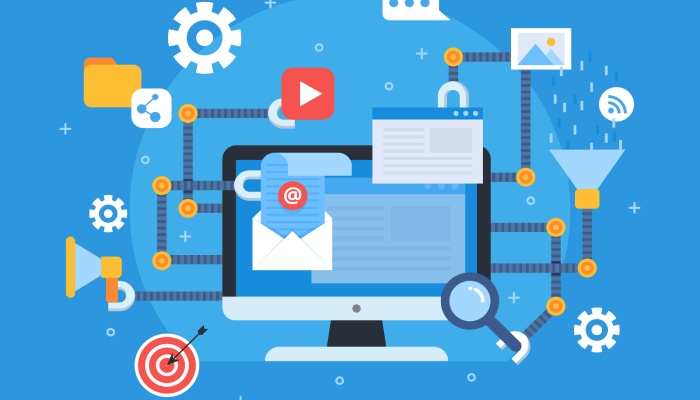
Key Features to Look for in Cold Email Automation Software
Selecting the right cold email automation software requires careful consideration of its core features and how they align with your sales and marketing objectives. Below are essential functionalities to look for:
Email Personalization and Templates
Personalized emails perform far better in terms of open rate optimization and click-through rate compared to generic messages. Look for platforms like Lemlist, Klenty, and Mixmax which offer dynamic email templates allowing custom fields, personalized subject lines, and tailor-made content to improve prospect engagement.
CRM Integration and Contact Management Software
Integration with CRM platforms, such as HubSpot Sales Hub, Freshsales, or Close CRM, is vital for effective customer relationship management and pipeline automation. This integration enables automatic syncing of contacts, lead scoring, and better management of sales funnels.
Email Scheduling and Automation Workflows
Automated email scheduling facilitates timely delivery of outbound emails based on optimal send times. Combined with drip email campaigns and automated follow-ups, this results in sustained lead nurturing and improved conversion rates. Tools like SalesLoft and Replyify excel in these capabilities.
Email Tracking and Performance Analytics
Accurate email open tracking and click-through tracking provide actionable insights into email campaign effectiveness. Access to email performance analytics enables ongoing A/B testing emails, helping refine messaging strategies and improve engagement.
Email Deliverability and Bounce Management
Ensuring high email deliverability requires built-in bounce management and email validation features. SMTP relay services, email warm-up tools, and inbox placement tools contribute to maintaining a strong email domain reputation and reducing the risk of being flagged as spam.
Compliance and Spam Prevention
Cold email campaigns must comply with email spam compliance laws, including the CAN-SPAM Act and GDPR. Leading platforms implement automated cancellation management and adhere to email spam guidelines to protect sender reputation and avoid legal repercussions.
Bulk Email Software Capabilities and Multi-Channel Outreach
The ability to send bulk emails while maintaining personalization is a hallmark of effective cold email software. Furthermore, prospect segmentation and multi-channel outreach capabilities integrating SMS, phone, or LinkedIn outreach add dimensions to sales automation strategies.
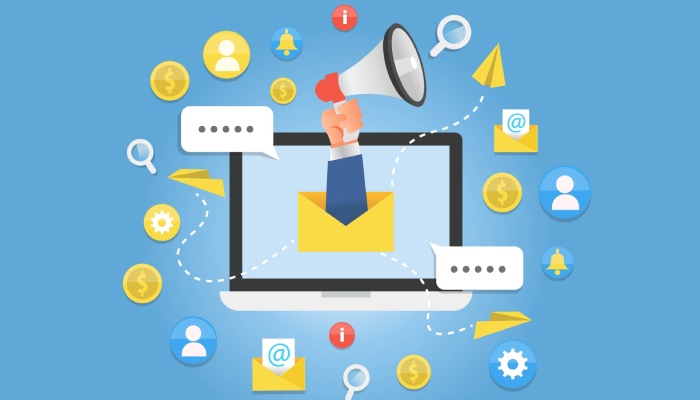
How Cold Email Automation Software Works
Cold email automation software typically follows a systematic sequence that simplifies outbound marketing operations:
- Contact List Building and Validation: Using prospecting tools like GMass, PersistIQ, or Snov.io, users build segmented contact lists of potential leads. Email validation processes verify and clean these lists to prevent bounce rates and increase deliverability.
- Email Campaign Setup: Marketers design email drip sequences using built-in email templates, incorporating personalization tokens and variations for A/B testing emails. Automation workflows define the schedule for initial outreach and subsequent automated follow-ups.
- SMTP Configuration and Warm-Up: The software connects with SMTP servers or SMTP relay services to send emails reliably. Email warm-up tools gradually increase email sending volume to establish and maintain a healthy email domain reputation.
- Execution and Tracking: Emails are dispatched according to the campaign schedule while email open tracking and click-through rate monitoring provide real-time feedback on campaign success. Systems like Yesware and Groove facilitate granular email tracking and automated email replies.
- Lead Qualification and Engagement: Responses captured through automated workflows feed back into customer relationship management systems. Leads are scored and nurtured via both outbound and inbound channels, leveraging pipeline automation to advance prospects through sales funnels.
- Compliance Management: Features like unsubscribe link insertion, cancellation management, and adherence to GDPR and CAN-SPAM laws ensure legal compliance and sustainable campaign practices.
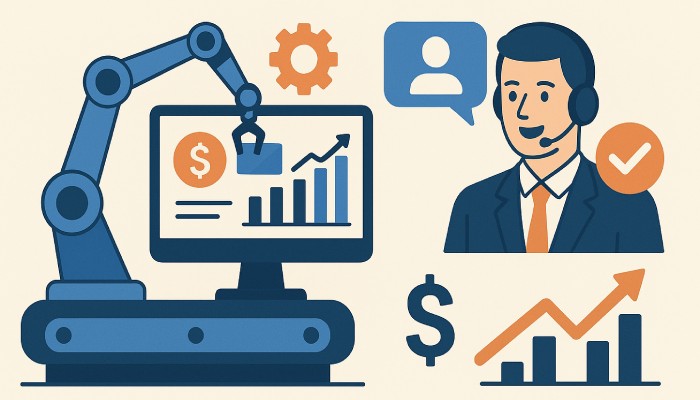
Top Benefits of Using Cold Email Automation Tools
Implementing cold email automation software offers a wide array of benefits to sales and marketing organizations, including:
- Enhanced Efficiency and Scalability: Automation workflows take over repetitive tasks such as email scheduling and sending bulk emails, allowing teams to focus on higher-value sales activities. Platforms like Autoklose and SmartReach.io enable scaling outbound outreach without additional manual resource requirements.
- Improved Email Deliverability and Inbox Placement: By utilizing email warm-up tools, bounce management, and inbox placement tools, these platforms maintain high sender reputation and reduce the risk of emails hitting spam folders.
- Greater Personalization and Customization: Advanced email personalization features lead to higher open rates and greater prospect engagement. Tools such as Lemlist and Klenty help marketers craft individualized content that resonates with target segments.
- In-Depth Analytics and Optimization: Email performance analytics and A/B testing emails facilitate continuous improvement of email campaigns, optimizing metrics like open rate optimization and click-through rate over time.
- Seamless Integration with CRM and Sales Tools: Direct CRM integration ensures tight alignment between sales and marketing efforts, enabling real-time lead scoring, pipeline automation, and comprehensive sales funnel visibility via platforms like HubSpot Sales Hub and Close CRM.
- Regulatory Compliance Built-In: Automated cancellation management and spam compliance mechanisms safeguard businesses from legal risks and enhance customer trust.
- Rich Prospect Engagement Capabilities: Automated email replies, multi-channel outreach support, and prospect segmentation ensure campaigns are responsive and targeted, leading to better email lead qualification and stronger business relationships.
In summary, cold email automation software acts as a pivotal engine that propels sales automation and lead generation strategies forward by optimizing outbound marketing efforts, enhancing customer relationship management, and cultivating meaningful, scalable prospect engagement.
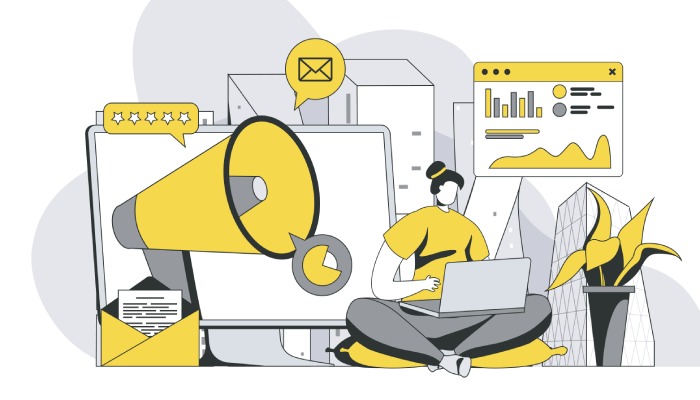
Popular Cold Email Automation Platforms Comparison
When selecting cold outreach software, understanding the nuances of each platform is crucial for optimizing your email marketing and sales automation efforts. Leading tools like Mailshake and Woodpecker excel in outbound marketing by enabling users to manage email sequencing and create drip email campaigns effectively. They offer robust email tracking and automated follow-ups, which enhance lead nurturing and prospect engagement significantly.
Reply.io and SalesLoft provide comprehensive sales automation solutions, integrating tightly with CRM platforms such as HubSpot Sales Hub and Close CRM, facilitating seamless pipeline automation and lead scoring. Both support multi-channel outreach, incorporating calls and social touches alongside email campaign management to widen prospect segmentation.
Platforms like Yesware, Mixmax, and Lemlist focus on email personalization and email deliverability optimization, offering inbox placement tools and email warm-up tools to improve domain reputation and reduce bounce rates. These tools provide A/B testing emails and email performance analytics, allowing marketers to refine open rate optimization and click-through rate metrics.
For businesses prioritizing bulk email software with stringent compliance features, GMass and Autoklose are noteworthy. They integrate efficient bounce management, email validation, and adherence to email spam compliance guidelines such as CAN-SPAM law and GDPR email compliance.
Additionally, PersistIQ, Klenty, SmartReach.io, and QuickMail are favored for their versatility in automating workflows, including automated email replies and cancellation management. They also support SMTP relay services and leverage SMTP servers’ robust infrastructure to enhance delivery speeds.
Setting Up Your First Cold Email Campaign: Step-by-Step
Starting a cold email campaign involves a systematic approach that balances strategic planning with technical precision to drive effective lead generation.
Contact List Building and Validation
Employ prospecting tools like Snov.io, Apollo.io, or BuzzStream for comprehensive contact list management. Use email validation services integrated with your bulk email software to ensure high deliverability and reduce bounce rates.
Segmentation and Personalization
Utilize CRM integration (e.g., with Freshsales or Engagio) to segment your prospects based on firmographics, behavior, or engagement history. Apply email personalization techniques using dynamic content blocks and tailored email templates to improve open rate optimization.
Designing Email Sequences and Drip Email Campaigns
Construct automated email drip sequences incorporating automated follow-ups and response automation using platforms like Outreach.io or Replyify. Schedule emails strategically with email scheduling features to avoid spam filters and optimize recipient engagement.
Compliance Considerations
Draft emails that ensure email spam compliance, adhering to the CAN-SPAM law and GDPR email compliance guidelines. Include unsubscribe links, transparent sender information, and avoid deceptive subject lines.
Testing and Launching
Conduct A/B testing emails to analyze subject lines, email content, and call-to-action effectiveness. Leverage email performance analytics to decide on the final sequence. Deploy your campaign via SMTP relay services or SMTP servers integrated within your email platform to maximize inbox placement.
Personalization and Segmentation Strategies for Higher Engagement
Effective cold outreach hinges on personalization and prospect segmentation to enhance email lead qualification and nurture leads authentically.
- Micro-Segmentation: Break down your target audience into smaller segments using contact management software like HubSpot Sales Hub or Close CRM, focusing on job roles, industries, or buyer intent signals. This facilitates hyper-personalized email templates.
- Dynamic Content Personalization: Tools such as Lemlist and Mixmax allow for inserting personalized variables within drip email campaigns, including prospect names, company info, and previous interactions. This level of customization increases prospect engagement and boosts click-through rate.
- Behavioral Triggers: Employ response automation to send automated email replies or follow-ups triggered by prospect actions like link clicks or email opens, optimizing lead nurturing and moving prospects through sales funnels efficiently.
- Lead Scoring and Qualification: Integrate lead scoring models in your CRM or marketing automation tools like ActiveCampaign or Drip to prioritize high-value leads and tailor communication accordingly.
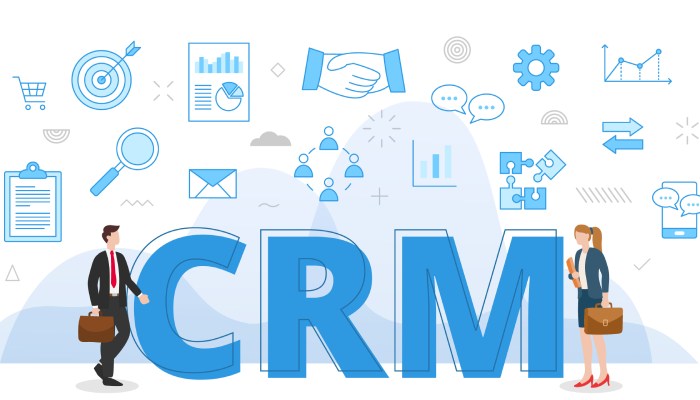
Ensuring Compliance with Email Regulations (CAN-SPAM, GDPR, etc.)
Compliance with regulations is fundamental to avoid legal repercussions and protect your email domain reputation.
CAN-SPAM Law Compliance
Include a clear unsubscribe mechanism, business identification, and truthful subject lines. Platforms like Mailjet and Sendbloom provide automated cancellation management features to ensure unsubscribes are promptly managed.
GDPR Email Compliance
Obtain explicit consent before sending marketing emails and maintain records of opt-ins. Use email validation and contact list management to maintain clean lists that respect privacy laws. CRM software such as Freshsales and marketing automation platforms support compliance with built-in data handling protocols.
Spam Compliance Tools
Utilize inbox placement tools that monitor spam scores and domain reputation. Employ email warm-up tools embedded in software like Groove or Reply.io to gradually increase sending volume, thereby building trust with ISP filters.
Email Spam Compliance Best Practices
Avoid using spam-triggering keywords and ensure email content is relevant and accurately represents the sender. Employ bounce management to handle undeliverable emails properly, preventing blacklists.
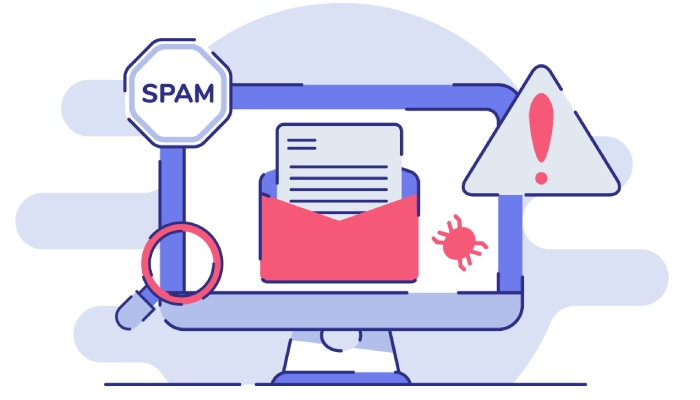
Measuring Campaign Success: Metrics and KPIs to Track
Insightful analysis aids in refining outbound marketing strategies to maximize ROI from cold email campaigns.
- Open Rate Optimization: Track open rates using email open tracking features available in Yesware or Outreach.io. High open rates indicate successful subject line testing and sender reputation management.
- Click-Through Rate (CTR): Analyze CTR to assess the effectiveness of calls to action within email templates. Platforms with email performance analytics like Drip and Mailshake provide detailed reports on CTR per sequence.
- Bounce Rates and Deliverability: Monitor bounce rates through bounce management tools integrated with SMTP servers to maintain clean, validated contact lists.
- Response and Engagement Rates: Evaluate prospect engagement through response automation metrics, including automated replies and meetings booked, to gauge lead qualification success.
- Conversion Metrics: Measure pipeline automation results such as leads converted to customers through CRM-linked lead scoring, enabling full visibility over sales funnels.
- A/B Testing Results: Leverage A/B testing emails to experiment with various subject lines, content, and sending times for continuous improvement.
Common Challenges and How to Overcome Them
Cold email campaigns face several hurdles, but these can be mitigated through strategic use of automation and best practices.
Deliverability Issues
Poor email deliverability, often caused by spam complaints or low domain reputation, can be countered by using email warm-up tools and SPF/DKIM authentication through SMTP relay services.
Low Engagement and Open Rates
Overcome by employing email personalization and targeted prospect segmentation. Tools like Klenty and SmartReach.io facilitate multi-channel outreach to diversify communication channels beyond email.
Compliance Breaches
Avoid by embedding email spam compliance checks into email campaign management workflows and leveraging platforms with built-in compliance support like ActiveCampaign.

Managing Large Contact Lists
Use contact list management and CRM integration features from platforms such as Close CRM to efficiently segment and clean data, supported by email validation services.
Automation Workflow Complexity
Simplify creation and monitoring of automation workflows using intuitive user interfaces in solutions like Mailshake and Replyify, allowing easy setup of drip email sequences and response automation.
Cancellation and Spam Complaints
Implement cancellation management systems to respect opt-outs promptly. Regularly analyze unsubscribe reasons to refine email content and targeting, reducing spam complaints over time.
Leveraging the right tools and adopting these best practices can transform cold outreach into a powerful engine for lead generation and sales growth while maintaining compliance and enhancing customer relationship management.
Integrations with CRM and Other Marketing Tools
A critical advantage of modern cold email automation platforms lies in their seamless CRM integration capabilities. Tools such as HubSpot Sales Hub, Close CRM, and Freshsales provide robust customer relationship management features that sync directly with email outreach software like SalesLoft, Outreach.io, or Woodpecker. This integration enables unified contact list management, streamlining lead generation and nurturing by automatically updating customer data as prospects interact with emails.
Furthermore, email campaign management benefits significantly from this synergy, as users can leverage pipeline automation and automation workflows to orchestrate smooth handoffs between marketing and sales teams. Combining sales automation with marketing automation allows for sophisticated lead scoring and precise prospect segmentation, ensuring that outreach messages are personalized and highly targeted, boosting email deliverability and engagement.
Beyond CRM, cold email tools often integrate with broader marketing ecosystems via platforms like ActiveCampaign, Drip, or Mailjet, supporting multi-channel outreach strategies. These integrations facilitate end-to-end campaign execution—from email drip sequences and lead nurturing campaigns to monitoring email performance analytics across various touchpoints.
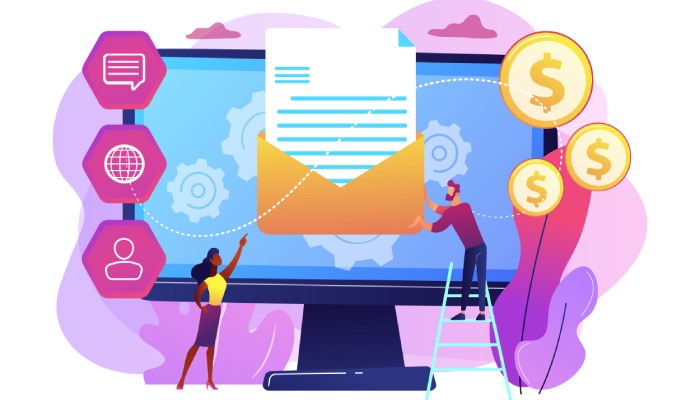
Use Cases Across Different Industries and Business Sizes
Cold email automation software has evolved to serve a broad spectrum of industries and organizational sizes, adapting to unique workflows and compliance requirements. For startups and small businesses, solutions like Nureply, GMass, Klenty, and Replyify offer cost-effective bulk email software with intuitive email templates and email sequencing features that streamline cold outreach and lead qualification processes.
This helps them build scalable sales funnels and accelerate pipeline growth without the overhead of complex CRM systems.Mid-sized enterprises and larger organizations often rely on sophisticated platforms such as SalesLoft, Outreach.io, and Engagio that emphasize email tracking, response automation, and in-depth email performance analytics to optimize outreach.
These tools provide advanced support for email personalization, A/B testing emails, and compliance with regulations like the CAN-SPAM law and GDPR email compliance, crucial for industries like finance, healthcare, and B2B services where data privacy is paramount.Industries including technology, real estate, consultancy, and e-commerce utilize cold email automation for diverse purposes—from prospect engagement and lead nurturing to customer retention via automated email drip campaigns.
Tools such as Mixmax and Autoklose facilitate precise email scheduling and automated follow-ups, while BuzzStream offers excellent prospecting tools suited for link-building and digital PR outreach.
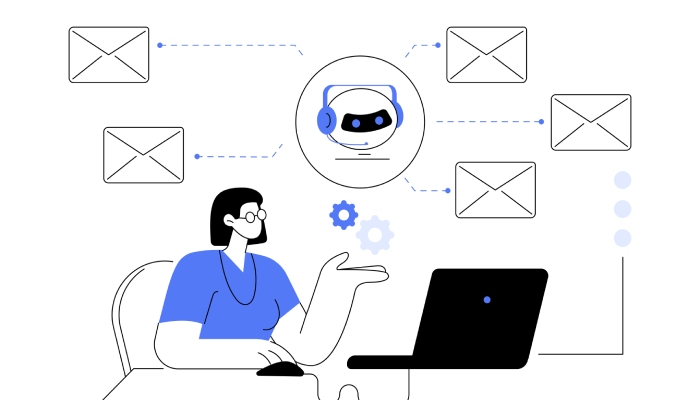
Best Practices for Writing Effective Cold Emails
Mastering cold email outreach requires a blend of strategy and personalization to capture attention and foster engagement. First and foremost, users should leverage email personalization—utilizing dynamic content and personal information pulled from contact management software or CRM systems to craft relevant, compelling messages. This dramatically impacts open rate optimization and overall click-through rate.
Using proven email templates as a starting point, marketers can implement A/B testing emails to refine subject lines, messaging tone, and call-to-action elements. Sequencing emails through email drip sequences or email sequencing ensures that prospects receive content at optimal intervals, reducing bounce rates and disengagement. Importantly, incorporating automated follow-ups powered by response automation keeps the conversation alive while minimizing manual effort.
Compliance remains a cornerstone; ensuring email spam compliance, adherence to the CAN-SPAM Act, and GDPR email compliance safeguards sender reputation and prevents blacklisting. Employing email validation and bounce management tools helps maintain a clean list, avoiding deliverability issues. Leveraging email warm-up tools and monitoring email domain reputation via inbox placement tools further maximizes chances of landing in the inbox instead of the spam folder.

